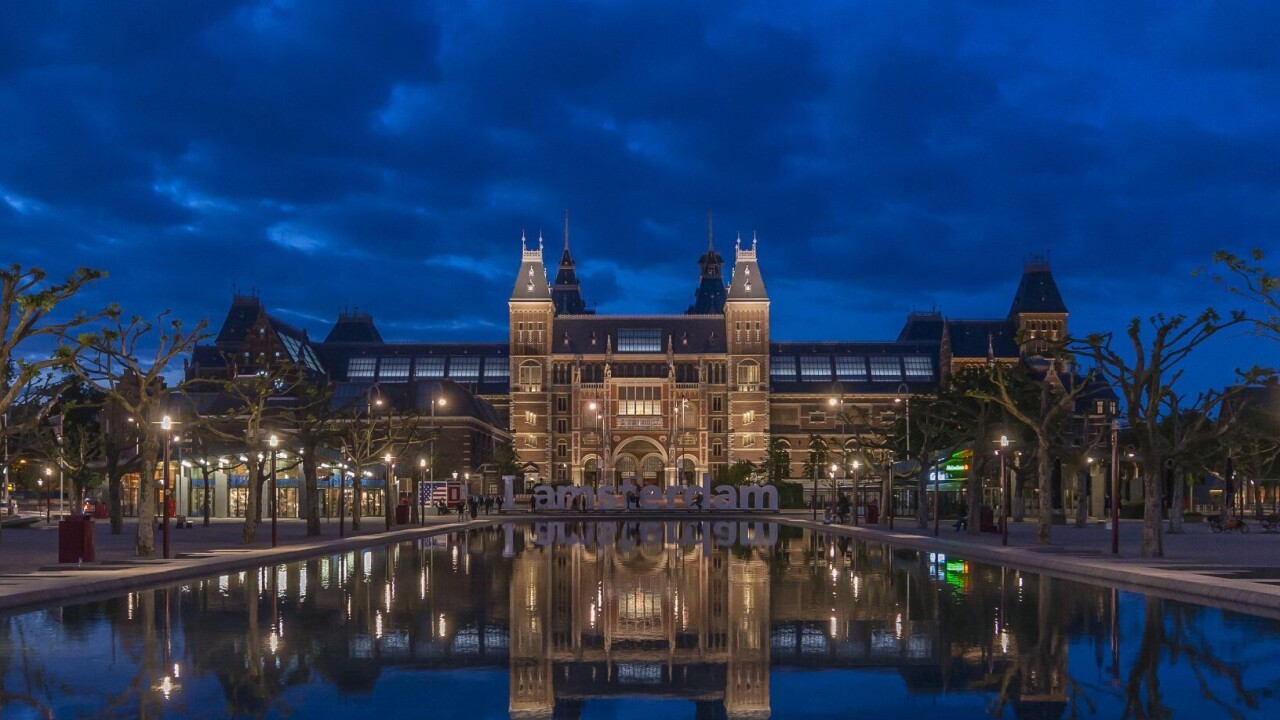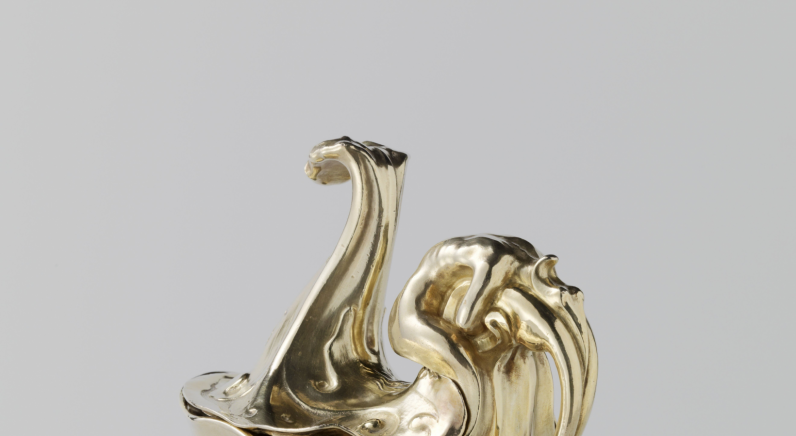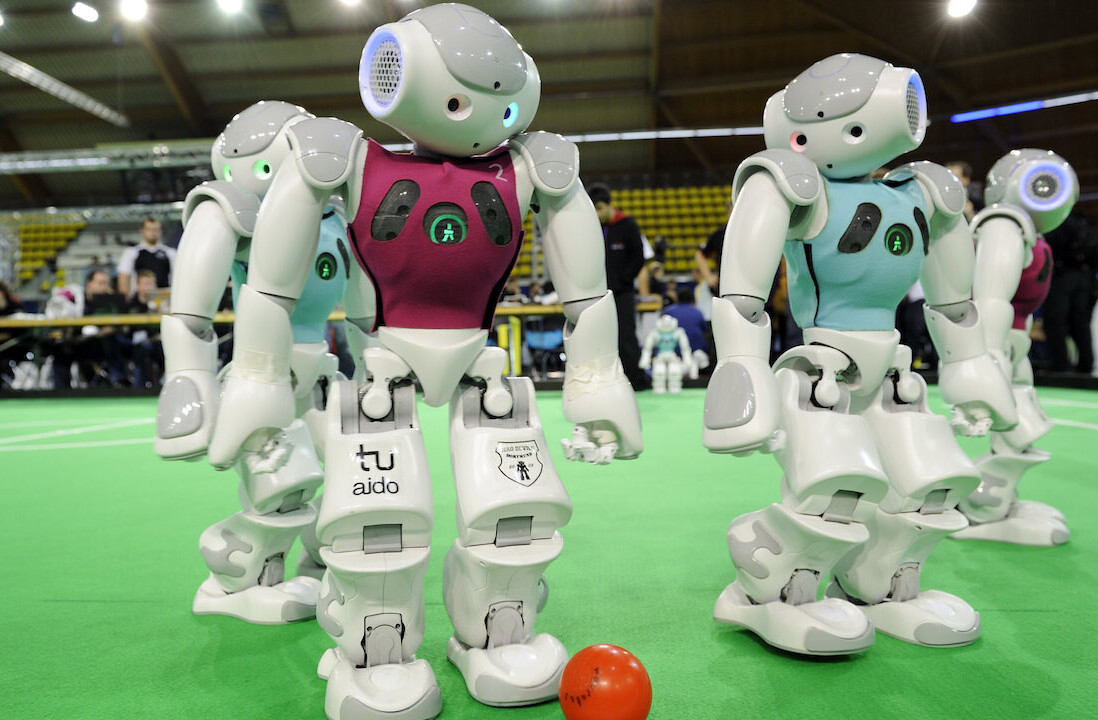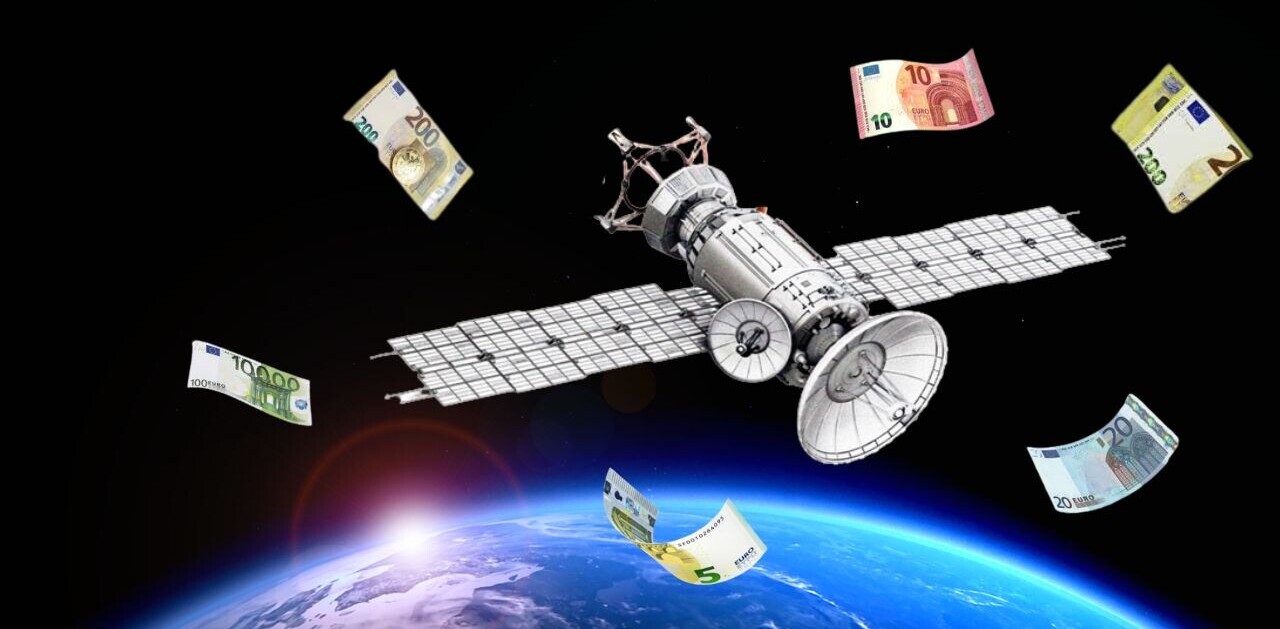
Many museums across the world are using AI to identify fake paintings or to measure the quality of the art on exhibition.
Speaking at the TNW Conference, Robert G. Erdmann — Senior Scientist and Full Professor at the Rijksmuseum and University of Amsterdam — gave examples of how the museum is using AI to unlock new artistic mysteries.
To create a five-minute video of Lidded ewer, an art piece made by Adam van Vianen, the museum photographer took 1,000 images of the object. However, if you want to play a five-minute high-resolution clip, those images couldn’t make for enough frames. So the museum used AI to superficially insert images and drum up the resolution.

In another project, researchers used AI to separate patterns of ink created on old papers, to identify watermarks on them. They then used those unveiled watermarks to locate the origins of the papermaker.
Rijksmuseum is no stranger to making its art available for AI research. Last July, MIT‘s Computer Science and Artificial Intelligence Laboratory (CSAIL) and Microsoft teamed up to explore links between historical painting, including some from the Amsterdam-based museum.
Around the same time, it also kicked off Operation Night Watch, which used AI to restore Rembrandt’s 1642 masterwork The Night Watch. Erdmann mentioned that the museum will soon release a whopping 717-gigapixel image of the work — made from different images that are 5.6 terabytes in combined size.
The advantage of using this many images is to train neural networks that can identify the style of the painting, and restore blemishes in Rembrandt‘s work.
You can read more about Operation Night Watch here.
Get the TNW newsletter
Get the most important tech news in your inbox each week.





